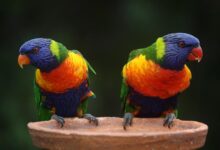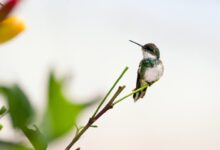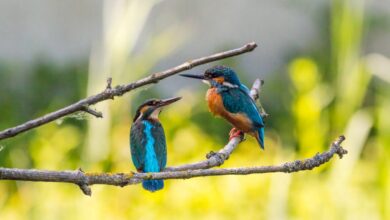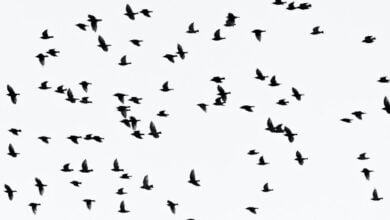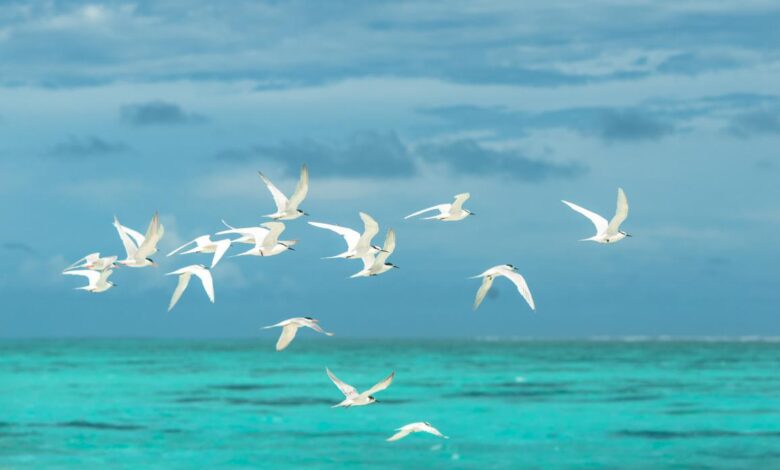
Landscaping to Attract Birds
Many people enjoy the dulcet sounds of birds singing and chirping in their yards. Birds are beautiful to look at, and they provide many with an appreciation for nature.
There are many benefits associated with attracting birds to the landscape, but in order to experience these benefits, the birds first need to be attracted.
It is possible to attract birds to your property by following a few simple design principles, and by choosing plants for your landscape that naturally attract birds.
Birdfeeders are old staples for those who wish to see birds in their yards. When using feeders, they should be placed conveniently, and they should also be large enough to hold two to three days’ worth of food.
Placing birdfeeders in various parts of the yard can help attract more birds into your landscape. However, the birdfeeders should serve as supplements to the various plants in your yard that provide food and shelter to encourage birds to think of your yard as home.
The first thing to remember when designing a landscape to attract birds is that your design should provide shelter to protect birds from the elements or from predators.
Evergreens are great in this role, as they often provide plenty of space for a bird to crawl into, but they are very difficult for predators to penetrate.
Additionally, they can be thick enough to provide adequate and desirable shelter. Evergreen trees and bushes, moreover, look nice with just about any home, and they are fairly hardy and easy to take care of.
Other plants that provide good shelter to birds include other woody plants. Features like decks and birdhouses also provide nice places for birds to shelter.
The next thing that should be done is to provide plants that offer a consistent food supply. These plantings should offer a great deal of food, and produce enough food to meet the birds’ needs, with the help of birdfeeders.
Additionally, there should be a variety of plants that offer seeds and fruits at various times so that the food supply lasts for an extended period of time.
Holly plants (if you use blue holly, you will need both a blue boy and a blue girl in order for there to be any berries), crabapple trees, sunflowers, and other plants that produce berries and seed are excellent choices.
Many of these plants are very attractive and can be made to look good in any design, besides being a source of food for winged creatures.
Another landscape principle to keep in mind while selecting plants that attract birds is to select plants that attract insects.
Most scented flowers attract insects, and this means that your yard will attract birds that eat insects. Not only are there many beautiful flowers, like the gumbo-limbo and roses, that attract insects, but these also in turn smell very nice.
You can have a fragrant yard, as well as one that is really for the birds. Among your choices for insect-attracting flowers, choose some that bloom during the spring migrations. Then you will be sure to get birds on their way through town, headed north.
Finally, there are landscape features that are not plant-related. These features, other than birdfeeders and birdhouses, can also mean the difference between a yard bursting with birdsong and one that is depressingly quiet.
These features are water features. Birds like to have places where they can bathe and drink. There is no need for a big water feature
landscaping ideas around bird feeders,bird landscaping,shrubs that attract birds,bird garden ideas,audubon bird garden,how to create a bird garden,pictures of backyard bird sanctuary,bird landscape drawing,
